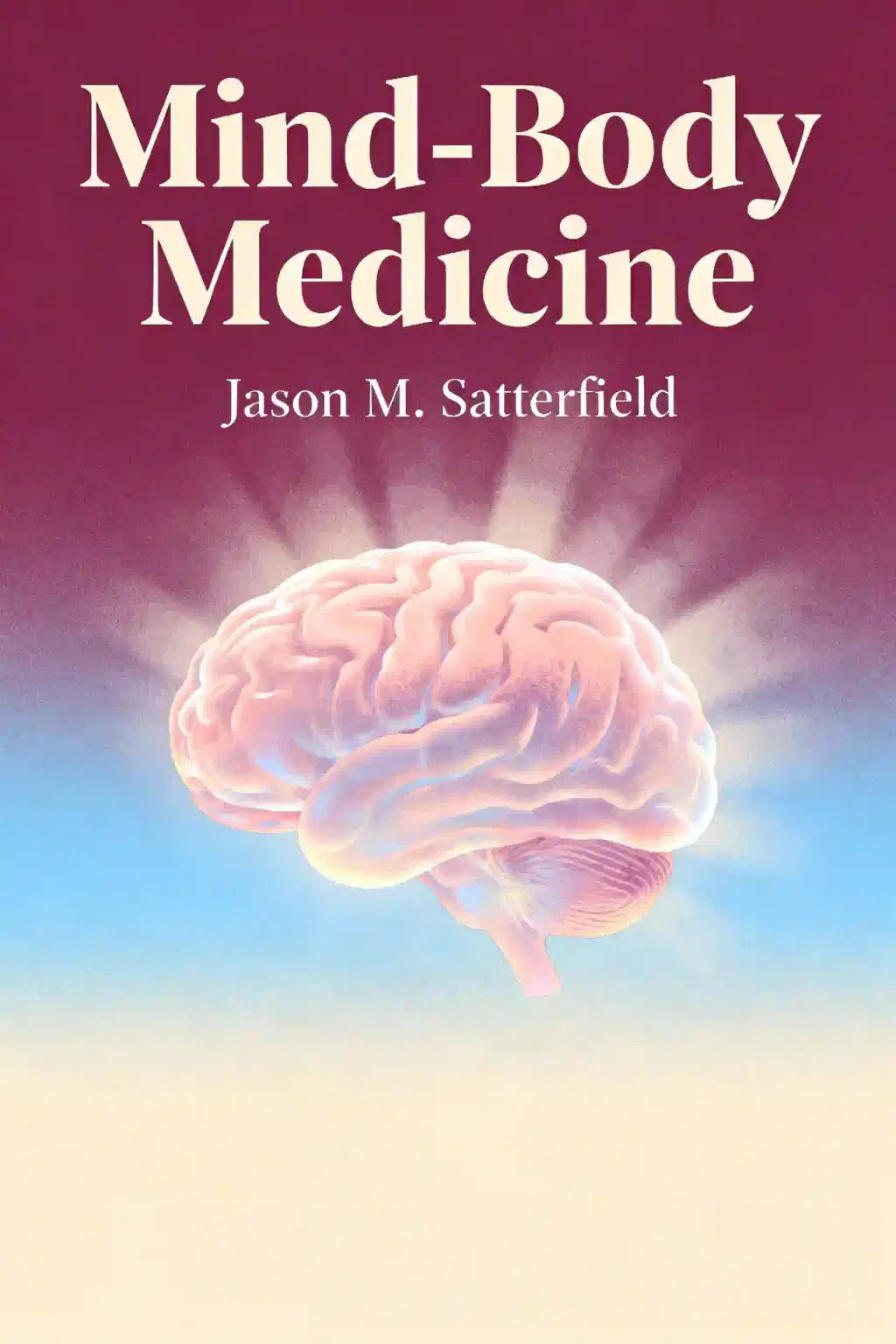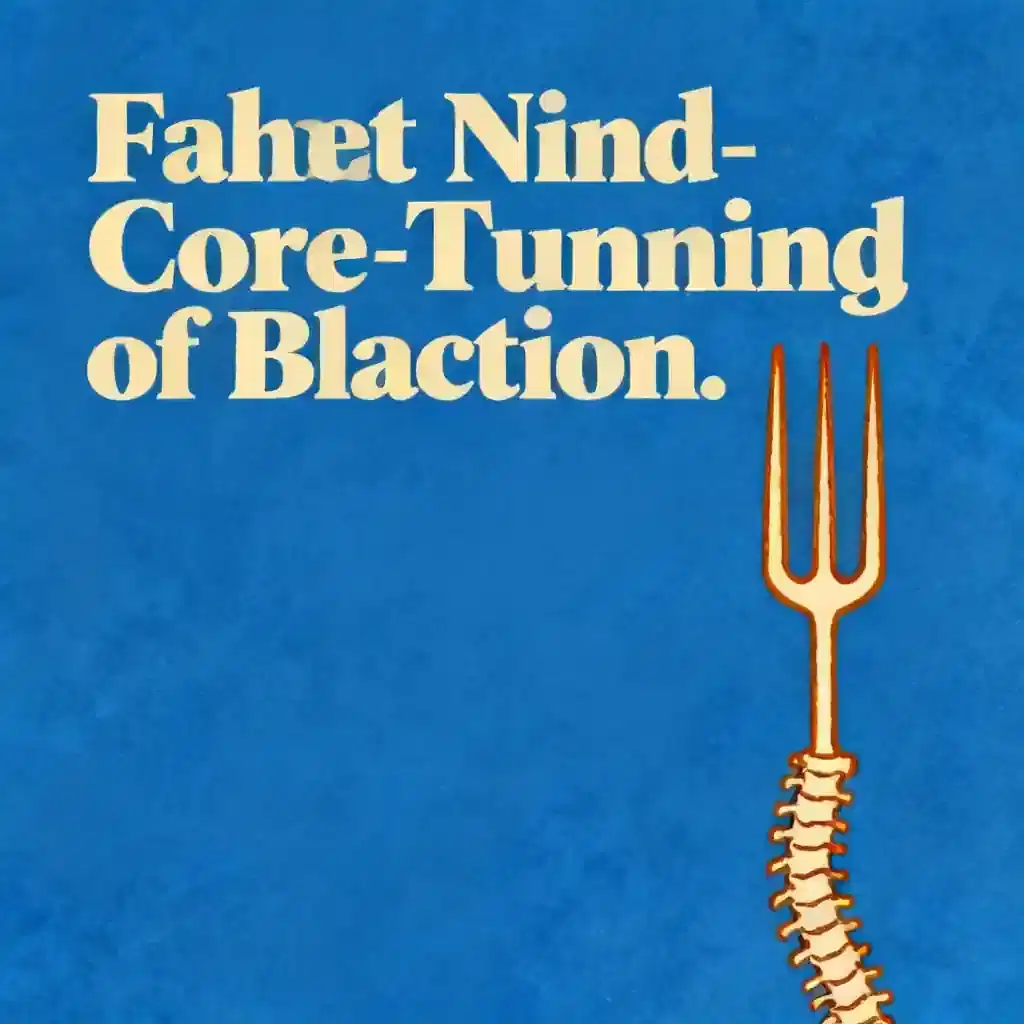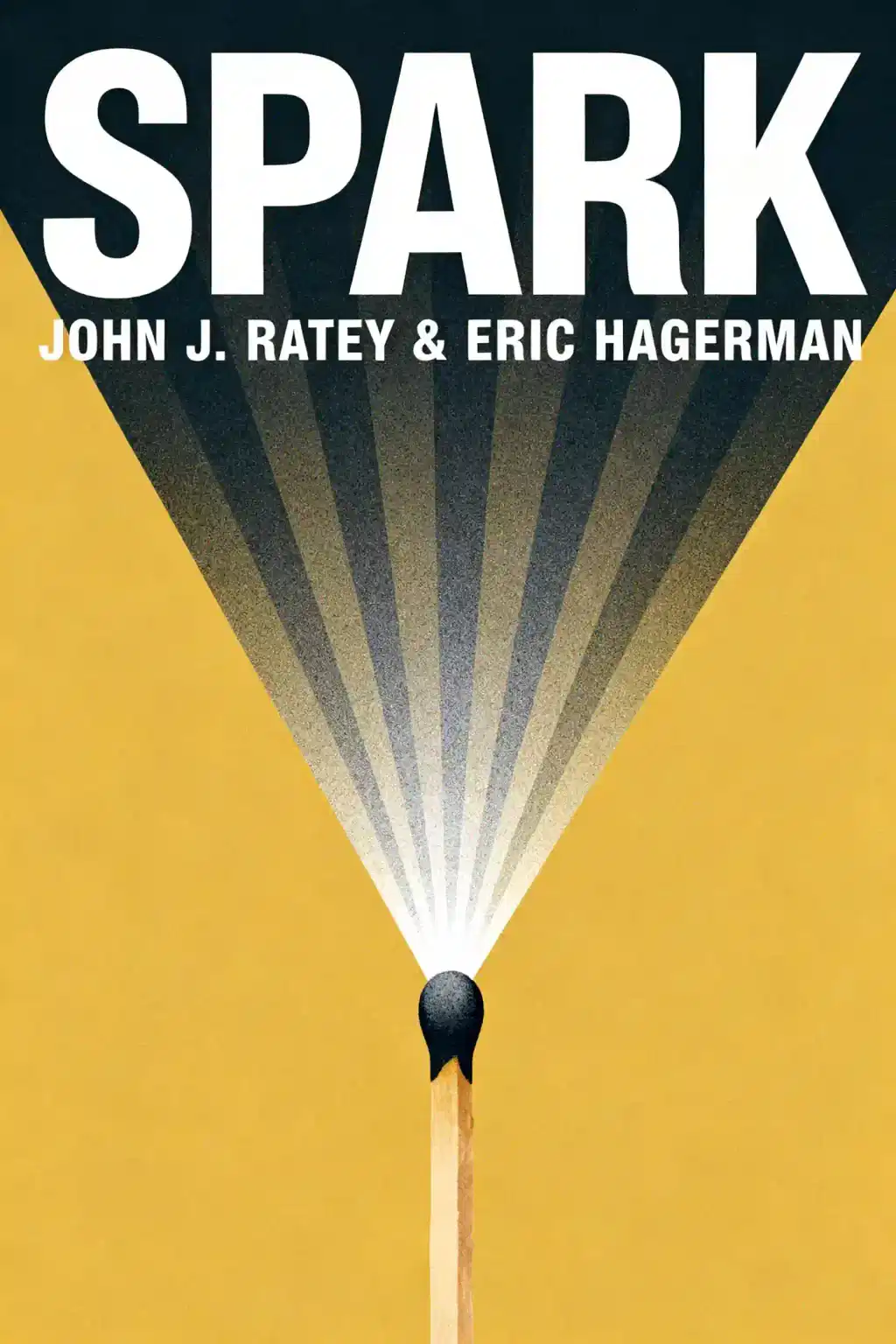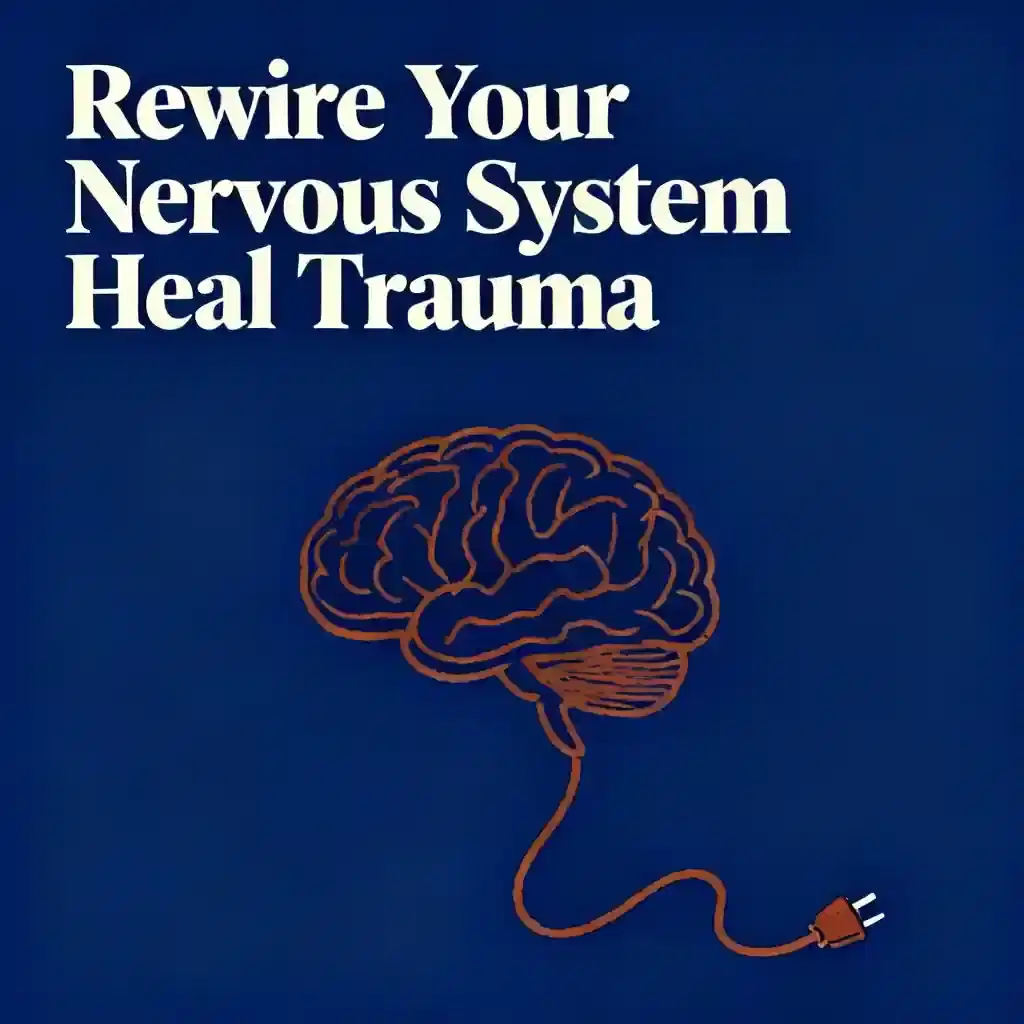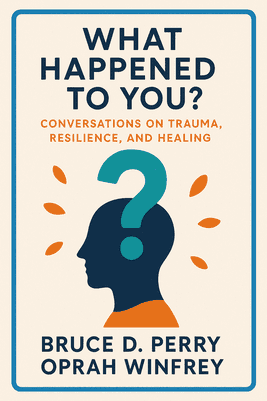What is
The Mindbody Prescription by John Sarno about?
The Mindbody Prescription argues that chronic pain (back pain, headaches, etc.) often stems from repressed emotions like anger or anxiety, not physical damage. Dr. John Sarno terms this Tension Myositis Syndrome (TMS), proposing the brain redirects emotional stress into physical pain. Healing involves recognizing this mind-body link and addressing underlying psychological tensions.
Who should read
The Mindbody Prescription?
This book is ideal for chronic pain sufferers unresponsive to traditional treatments, individuals interested in psychosomatic health, or those exploring alternative pain management. It’s also valuable for mental health professionals seeking to understand somatic symptom connections.
Is
The Mindbody Prescription worth reading?
Yes, particularly if conventional pain treatments have failed. Patients like Howard Stern and John Stossel credit Sarno’s methods with eliminating long-term pain. Reviews highlight dramatic recovery stories, though critics note a lack of peer-reviewed studies supporting TMS.
What is Tension Myositis Syndrome (TMS)?
TMS is Sarno’s diagnosis for pain caused by repressed emotions triggering reduced blood flow to muscles or nerves. The brain creates physical symptoms to distract from unresolved psychological stressors, often rooted in childhood traumas or perfectionism.
How does
The Mindbody Prescription suggest treating chronic pain?
Sarno’s protocol involves:
- Education: Accepting TMS as the pain source.
- Journaling: Identifying repressed emotions like anger or anxiety.
- Resuming activity: Reassuring patients movement won’t cause harm.
This method emphasizes psychological awareness over physical interventions.
What are common criticisms of Sarno’s theories?
Mainstream medicine often dismisses TMS due to limited empirical evidence. Critics argue Sarno’s approach oversimplifies complex pain conditions and risks dismissing legitimate physical causes. However, proponents counter that his success rates in anecdotal cases warrant further research.
How does
The Mindbody Prescription differ from traditional pain management?
Traditional methods focus on medications, surgery, or physical therapy. Sarno’s approach rejects structural explanations (e.g., herniated discs) as primary causes, instead prioritizing emotional resolution. This paradigm shift challenges patients to confront psychological factors rather than seeking external fixes.
What role does repressed anger play in TMS?
Sarno identifies repressed anger as a key TMS trigger, often stemming from unconscious childhood experiences or adult stressors. By diverting attention to physical pain, the brain avoids confronting anger, which patients might perceive as socially unacceptable.
Can
The Mindbody Prescription help with conditions beyond back pain?
Yes. Sarno’s principles apply to fibromyalgia, migraines, gastrointestinal issues, and tendonitis. The book cites cases where patients resolved diverse symptoms by addressing emotional conflicts rather than physical abnormalities.
How does Sarno’s work compare to other mind-body approaches?
Unlike generic stress-reduction techniques, Sarno’s method specifically links pain to repressed emotions and provides a structured diagnostic framework. It aligns with psychodynamic therapy but contrasts with mindfulness practices that avoid deep emotional excavation.
What quotes from
The Mindbody Prescription highlight its core ideas?
- “The mind and body are intimately connected; repressed emotions can manifest as physical pain.”
- “TMS is a harmless alteration of bodily function meant to distract you from what’s really bothering you.”
These lines encapsulate Sarno’s thesis of emotion-driven pain.
Why is
The Mindbody Prescription controversial in medicine?
Sarno’s rejection of structural diagnoses conflicts with conventional training and pharmaceutical/surgical industries. However, rising interest in psychosomatic research and patient testimonials keep his work relevant despite institutional skepticism.





